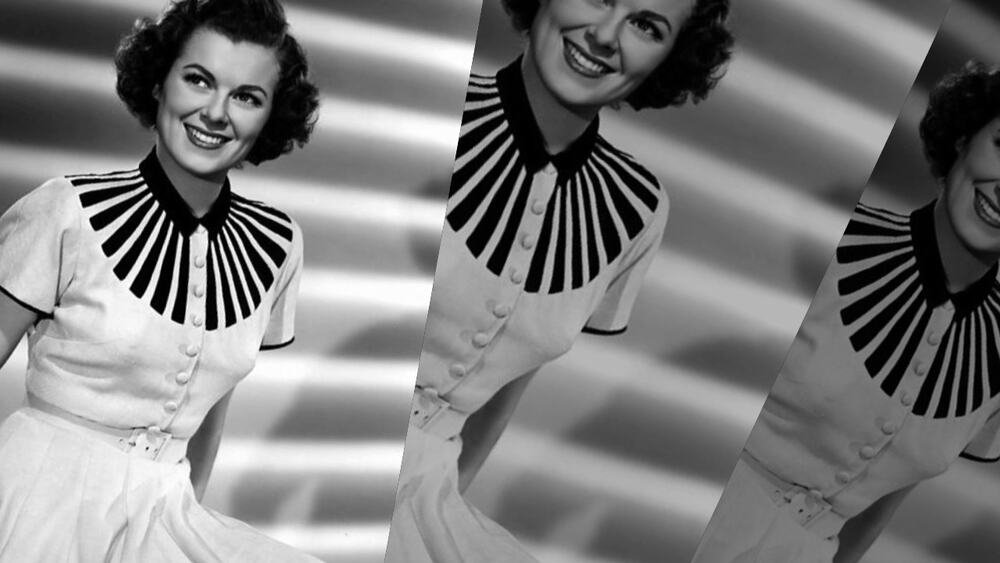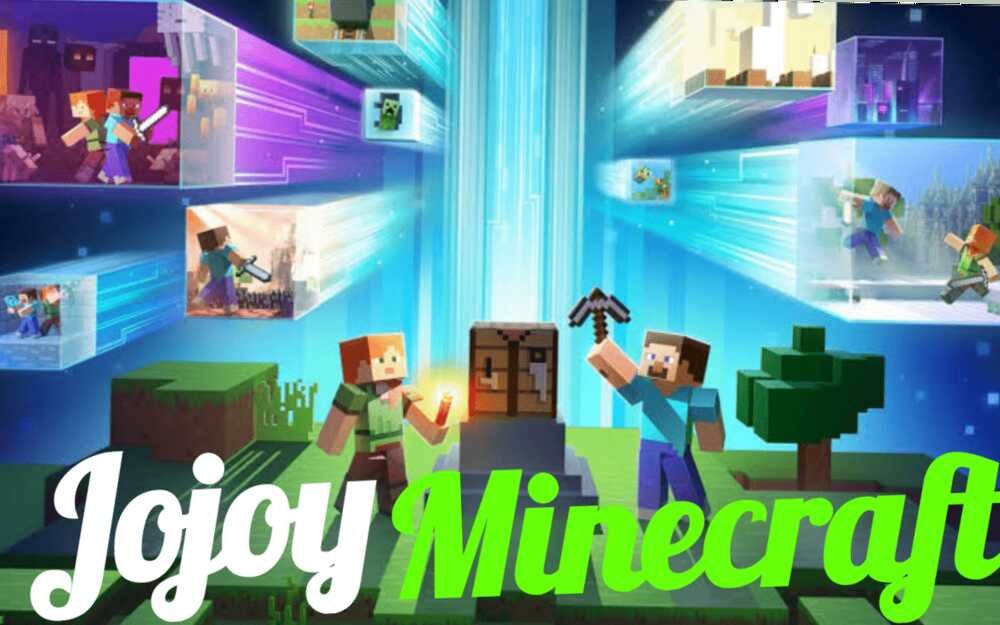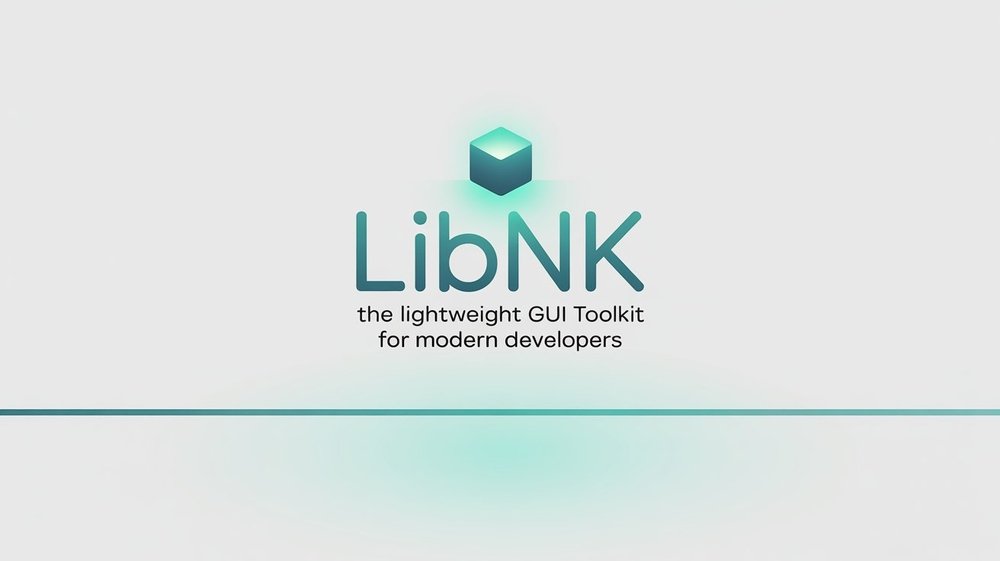Bunkralbum – The Digital Evolution of Immersive Content
What Is Bunkralbum? The term bunkralbum is a fusion of two ideas: “bunker” and “album,” which together symbolize a

What Is Bunkralbum?
The term bunkralbum is a fusion of two ideas: “bunker” and “album,” which together symbolize a hidden, exclusive, and immersive digital experience. Far from traditional content formats, a bunkralbum is not simply a collection of items—it’s a curated digital environment often accessible by invitation, encryption, or personalized access. In this sense, it represents a shift in how creators and audiences engage with content in the digital era.
Unlike conventional digital libraries or flat portfolios, a bunkralbum is dynamic and interactive. It combines layers of storytelling, multimedia, and user engagement within a protected, often time-sensitive digital setting. This experience is not broadcast to the masses—it is discovered, explored, and sometimes even earned. The rise of bunkralbums is directly tied to the growing desire for intentional content consumption, exclusive communities, and deep digital immersion.
This format appeals particularly to niche audiences seeking substance over noise. As traditional platforms flood users with algorithmically driven content, the bunkralbum emerges as a retreat. In this digital safehouse, thoughtful content can unfold at a pace controlled by the creator and chosen by the user.
Core Elements of a Bunkralbum
At the heart of every bunkralbum are key components that distinguish it from standard web-based collections. First is the concept of limited or encrypted access. Whether it’s password-protected, token-based, or shared through discreet links, access to a bunkralbum is typically restricted, ensuring the experience feels exclusive and intentional.
Second, bunkralbums are built with interactive and multimedia content layers. These can include embedded visual art, long-form writing, 3D elements, immersive web layouts, and even branching user experiences. Every aspect is purposeful, layered to tell a story or present information in a way that encourages active engagement.
Another defining feature is a story-driven structure. Rather than presenting content in a list or gallery, bunkralbums guide the viewer through a narrative—either linear or non-linear. This navigation often involves digital metaphors, such as doors, folders, or maps, to unlock different parts of the experience.
Lastly, bunkralbums make strategic use of tools for hidden navigation—including hover reveals, timed unlocks, and hidden clickable zones. These mechanisms promote curiosity, replayability, and a sense of accomplishment for the user.
Why Bunkralbums Are Trending in 2025
In 2025, attention is fragmented, audiences are overwhelmed by content, and platforms are saturated. This climate has created the perfect storm for bunkralbums to rise. Consumers are tired of passive scrolling and predictable formats. They’re looking for meaningful, slow-burn digital experiences—and bunkralbums deliver precisely that.
At their core, bunkralbums respond to a demand for exclusivity and control. By removing content from public feeds and placing it into hidden environments, creators regain the power to shape how their work is seen, interpreted, and shared.
The emergence of private, decentralized content ecosystems further fuels the trend. Instead of relying on mass platforms, creators are building their domains and microsites. Within these self-contained environments, a bunkralbum can thrive without the interference of ads, algorithms, or third-party content injections.
The trend is also driven by authentic engagement. Bunkralbums feel personal. They are curated with care, and users must explore them deliberately. This fosters a sense of connection between the creator and the audience, making each visit a deeper interaction rather than a fleeting scroll.
User Experience Design in Bunkralbums
User experience (UX) is central to the success of a bunkralbum. These projects are carefully designed to guide the user through an emotional and immersive journey. The focus is on psychological immersion, creating environments where users can lose track of time and become fully absorbed in exploration.
Designers often use gamified navigation—such as clickable maps, progress trackers, and Easter eggs—to add layers of engagement and interaction. These tactics not only enhance the experience but also extend user session time, thereby increasing retention.
Visual metaphors are common: doors to click, rooms to enter, keys to find. These digital cues create a sense of movement and discovery, turning passive viewers into active participants.
Equally important is accessibility. A successful bunkralbum strikes a balance between complexity and clarity. The interface should be intuitive while maintaining a sense of mystery. Clean navigation, responsive design, and mobile compatibility ensure that the experience is inclusive and functional across devices.
Technologies Powering Bunkralbums
Bunkralbums thrive on modern web technologies. Many are built using interactive website builders like Webflow, Framer, or custom-coded React and JavaScript environments. These platforms support rich animations, layered visuals, and responsive interactions.
AR and VR integrations are starting to emerge, particularly as 3D web design becomes more accessible. These technologies allow users to “step inside” the bunkralbum and interact with content in spatially dynamic ways.
Blockchain has also entered the space, particularly for authentication and access control. A bunkralbum might be gated behind a digital token, granting access only to verified users or buyers. This ensures content stays protected while maintaining scarcity.
Lastly, AI-powered personalization enables creators to tailor content paths or visuals based on user input. This level of customization deepens immersion and ensures no two users experience the same journey.
Benefits of Bunkralbums for Creators and Users
For creators, bunkralbums offer total creative control. Free from platform constraints, they can shape the entire environment—design, pacing, layout, and access. This freedom encourages more experimental and expressive work.
It also fosters direct engagement. Instead of chasing clicks or algorithm boosts, creators can build loyal micro-communities. Users who enter a bunkralbum do so intentionally, resulting in higher-quality interactions and feedback.
For users, the bunkralbum represents a refreshing alternative to digital overload. It provides a focused, distraction-free zone where they can engage with content in a meaningful way.
Additionally, the format encourages community building. Many users discuss bunkralbums in private forums, online groups, or through word-of-mouth. This organic sharing enhances the mystery and reputation of the experience, giving it viral potential without traditional marketing.
Challenges in Bunkralbum Adoption
Despite its advantages, the bunkralbum format faces notable challenges. The first is discoverability. Because they are often hidden, these projects are hard to find unless promoted through niche channels or insider networks.
Technical complexity is another issue. Low-code or no-code creators may struggle to implement advanced features like gated access, interactivity, or multimedia layering. This limits accessibility for those without tech expertise.
There are also sustainability concerns. Maintaining an evolving bunkralbum—updating content, fixing bugs, managing access—can be time-consuming. Without proper planning, creators may abandon projects, leaving users with broken or outdated experiences.
How to Create a Bunkralbum
Creating a bunkralbum starts with conceptual planning. Decide what story, theme, or message you want to convey. Outline the structure: specify the rooms, pages, or layers that will exist, and describe how users will navigate through them.
Next, choose a platform or tech stack. For simple builds, consider using platforms like Notion and Super, or Tilda. For more complex environments, go with Webflow, WordPress with custom plugins, or hand-coded HTML/CSS/JS.
Design with user immersion in mind. Utilize visual storytelling, concise text blocks, and a consistent style guide. Test everything—hover effects, mobile usability, hidden elements—and gather early feedback.
Lastly, consider versioning and future updates. A bunkralbum should evolve, just like any meaningful experience. Keep backups, log changes, and consider allowing users to “subscribe” to access new content drops.
Best Practices to Enhance Reach and Visibility
Even with restricted access, a bunkralbum can be promoted creatively. Use teasers and micro-content—such as screenshots, quotes, and blurred previews—to generate curiosity.
Leverage SEO by optimizing your landing page with the correct metadata, focus keyword (like bunkralbum), alt text, and structured headings. Create blog posts or documentation about the project to draw organic traffic.
Tap into forums, Discord servers, and niche communities to share your work. Use email lists or private newsletters to distribute access codes or updates.
Lastly, encourage users to share testimonials or reactions, even if they are vague hints, on social media. This builds a sense of mystery while still expanding your reach.
Future of Bunkralbum in Digital Storytelling
The bunkralbum is not a passing trend—it’s the start of a digital storytelling renaissance. With Web3 integration and smart contracts, access and royalties are being redefined.
Beyond the creative space, bunkralbums will find applications in education, branding, and journalism. Imagine learning environments that unfold like stories, or brand presentations that feel like adventures.
In a world overflowing with content, the bunkralbum offers depth over volume, connection over consumption, and experience over exposure. It’s a quiet revolution—but one that’s already reshaping how we interact with the digital world.
Do Read: Libnk – The Lightweight GUI Toolkit for Modern Developers







